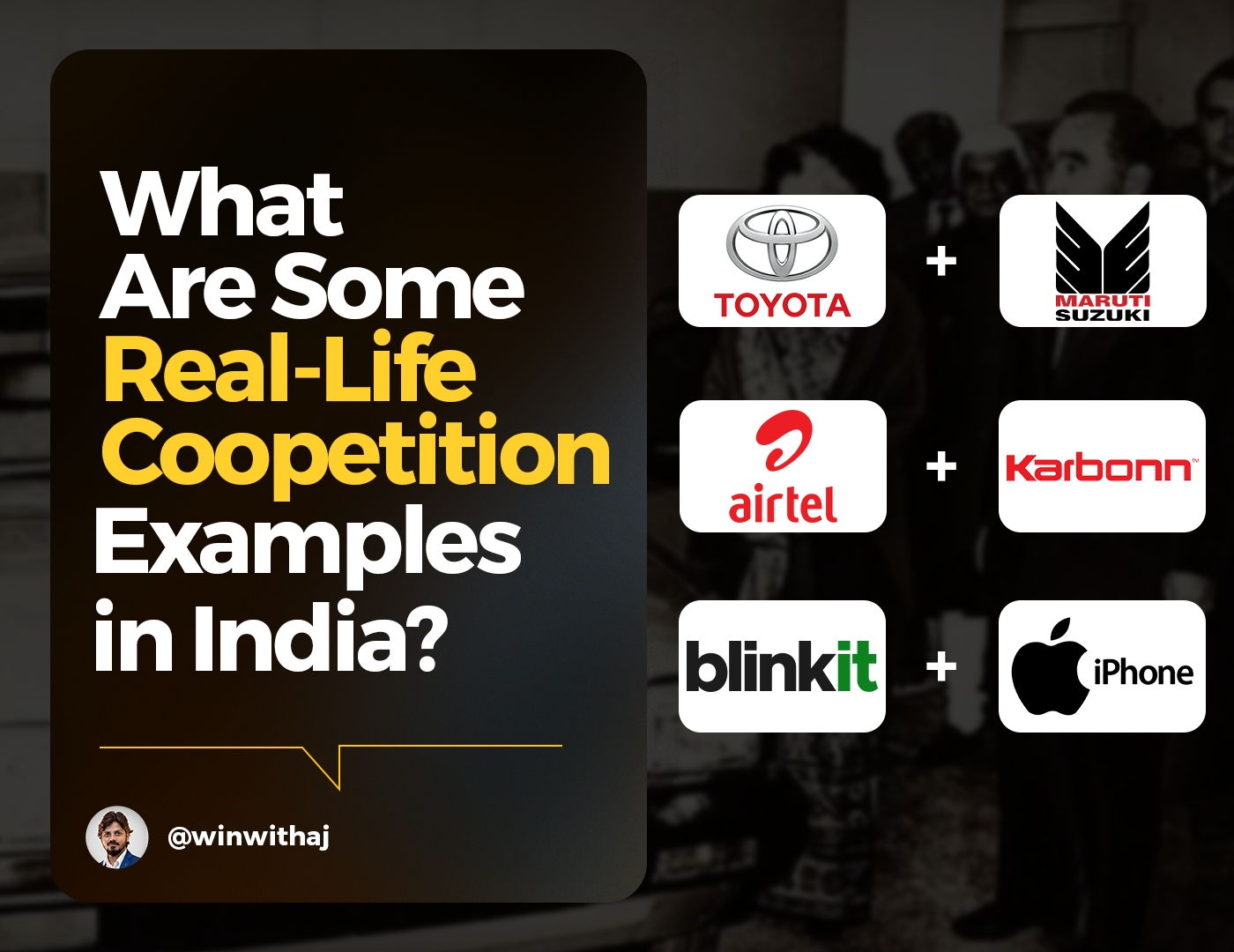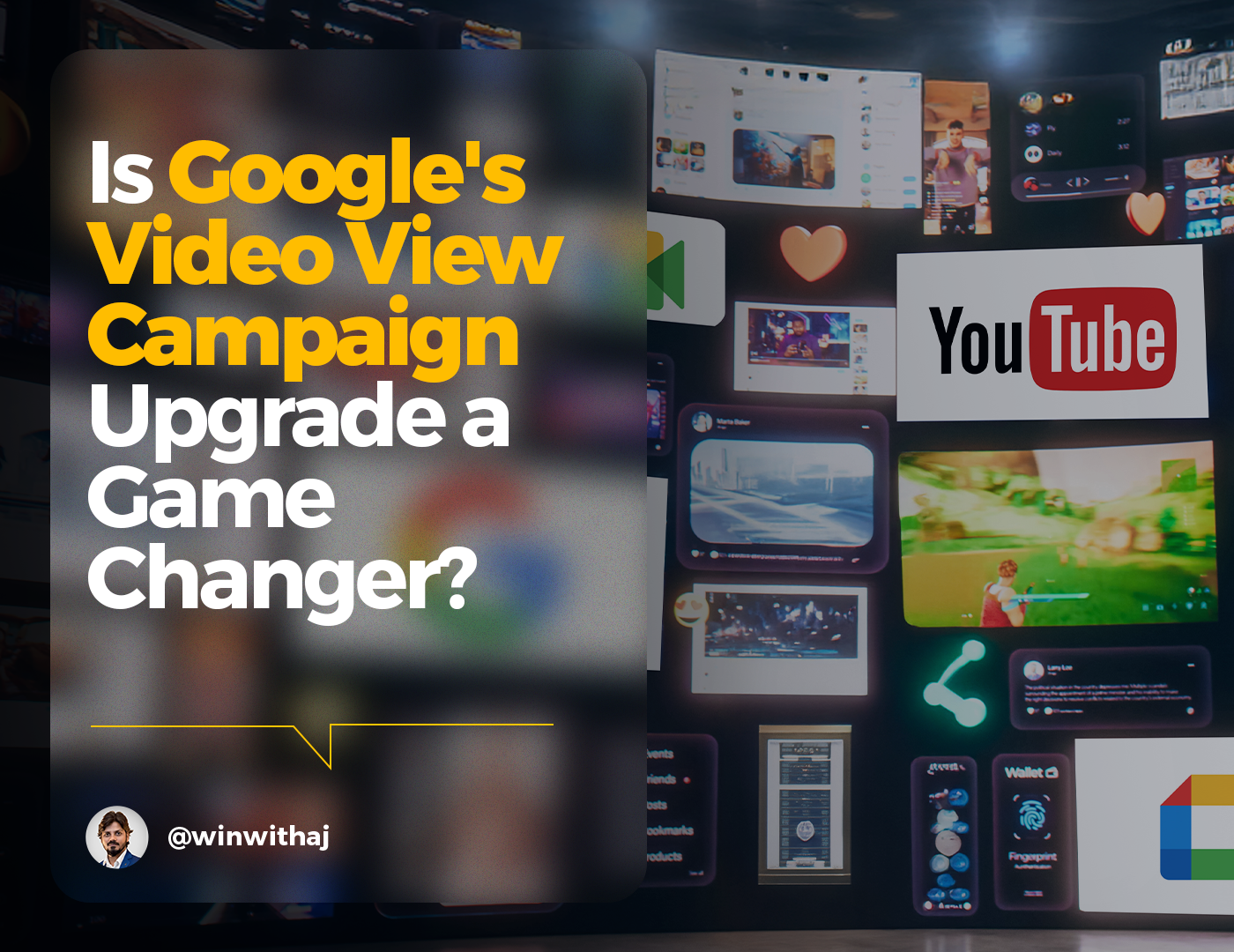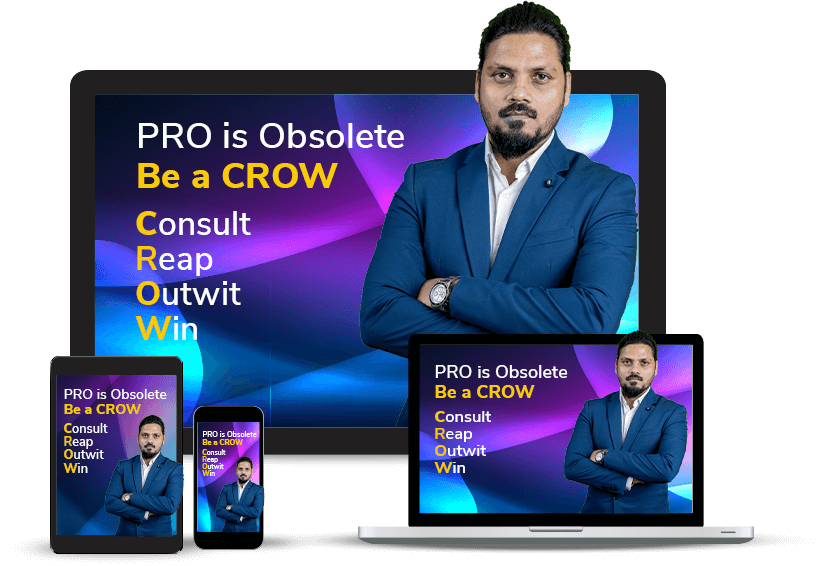
Google Chrome 3rd party cookies deprecation
Google’s decision of postponing third-party cookies deprecation till 2024 will vastly impact how marketers create, track, and improve their advertising campaigns for better ROI.
The main reason to move away from third-party cookies is privacy.
Ever since GDPR’s move, in 2017, to set up some strong regulations regarding the privacy of online European users, privacy has been a subject of debate across the globe. Immediately after Apple’s iOS update 14.5 announcements in April 2021, featuring a new consent protocol called App Tracking Transparency (ATT), Google has been largely stressing over privacy for web browsers.
With improvising laws, it is evident that third-party cookies will have to be phased out as they collect huge data from online users which helps advertisers to target the audience for different kinds of ads.
How will it impact the marketers?
Third-party cookies helped marketers identify users’ online behaviour based on their online purchases, interests, history of websites visited, type of topics, news, videos consumed and various clicks and actions taken.
It is pivotal for advertisers to map out their psychography and program their Ad banners and ad videos according to the audience’s behaviour.
Third-party cookies significantly help in measuring the performance of the ads and optimize further (both audience and ad types) for better conversions.
It makes sure to deliver higher ROIs as these ads mostly find the relevant audience to view, click and take further action.
In absence of such powerful insights, it will make it difficult for the advertisers to find the most relevant audience to serve the ads. It will also affect the overall campaign’s measurement and further may cause CPAs to increase and ROIs to drop, which means advertisers will spend more for fewer results. Over 65 % of the world uses Google Chrome; hence, this whole thing will impact advertisers significantly.
What would be the future of digital advertising post this decision by Google?
In the digital advertising world, there is always something better coming up! In this case, Advertisers will optimize and channelize their ads strategies with more powerful and legit alternatives.
Here are a few solutions which will emerge post-third-party cookies deprecation.
1. First Party Data
First-party data is the data customers provide directly to brands/advertisers/publishers. This data includes their website browsing history, online buying behaviour, email addresses, mobile numbers, and other preferences. First-party data is more personalized, and users know who is trying to connect with them and why. It establishes a stronger relationship between the advertisers and the users without coming into their way of privacy. First-party data is clearly opt-in data (customers chose to share these data with the website/advertiser) and hence to a large extent, this will be a privacy-friendly thing. Remember signing up for a newsletter? or calling their customer service before making a purchase decision or reading and clicking on a link on a simple message popped and delivered to you via Bluetooth while you are in a mall? Companies are already using this alternative, and it is getting bigger.
2. Google’s Privacy Sandbox
It is slightly different from third-party cookies. It will collect users’ data as a cluster or group, not individual data. This method of collecting data is more private than cookies yet effective for advertisers.
3. Authenticated Traffic Solution (ATS) by LiveRamp
LiveRamp is a data platform that is coming up with this solution which will help the advertisers target the audience in real-time without using cookies. This solution will again have privacy protected for the customers and will come with better targeting for the advertisers.
What are the other alternative solutions to adapt to evolving privacy regulations?
Users are becoming more aware of their privacy, and it is imperative for the websites also to be transparent with their cookies policies and communicate upfront about it to the users.
Here are a few quick methods for website owners to be prepared with before third-party cookies become obsolete.
- Identify all the third-party cookies your website is using and gain the access to the data.
- Make sure the websites have a consent management platform (CMP) to comply with regulations and capture users’ consent for other types of cookies.
- Integrate consent across multiple devices using leading technologies for the same.
- Make sure customers/website visitors have full control over their data. Also, implementing logic-based cookie banners can help in stronger personalization, segmentation, and targeted ad campaigns.
Additionally, the solutions mentioned below are already in use and will find more ways to be used by companies of all sizes and shapes.
1. Use of CRMs for Nurturing
Opt-in data by the consumers (First Party Data) and Zero Party Data (data shared by the customers proactively with the brand) are stored in a smart CRM. Based upon their interests, age group, buying intentions and much more CRM can interact with the customers and engage with them in a much more personalized way. Effective use of CRMs can enhance conversions multi-folds and lift the ROI and add up to long-term and loyal customers.
2. Contextual Advertising
These Ads are displayed alongside an article that contains similar keywords, products, and related info. Users won’t mind seeing an ad banner that matches the kind of content they are reading on a blog, article, or news website. Since they are more relevant to the reader, contextual ads tend to attract more clicks and convert more. It has been a classic method of advertising for a long time and has been growing bigger as cookie-less advertising is taking a new shape.
3. Direct Media Buy
Direct media buying from publishers and platforms will be one more option to manoeuvre ads in the cookie-less world. Advertising on direct platforms like Google, Facebook, Amazon etc will show better results than cross-publisher programmatic ad platforms.



















